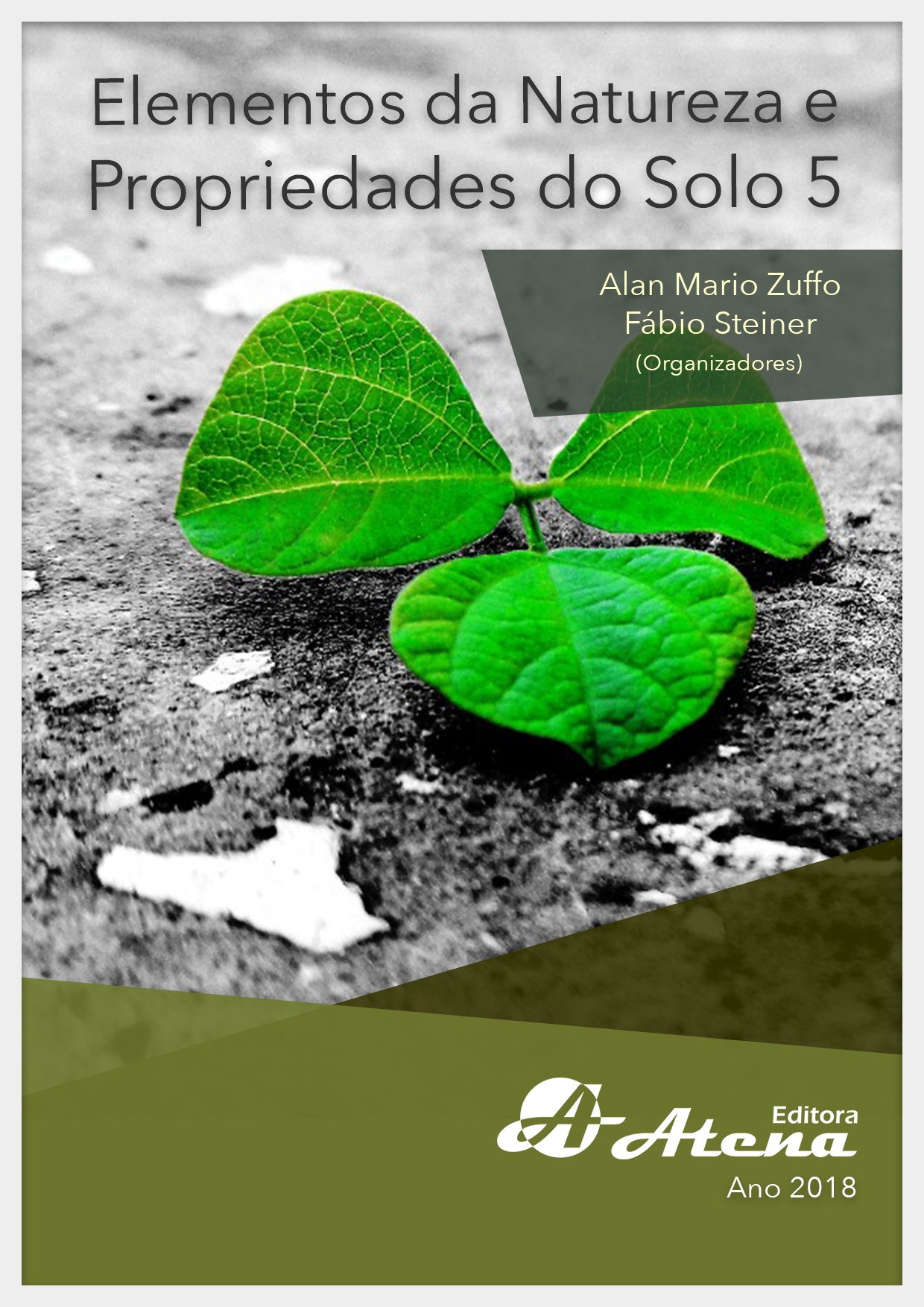
RESPOSTA AGRONÔMICA DE VÁRIAS FONTES E DOSES DE NITROGÊNIO ASSOCIADO COM ENXOFRE, CÁLCIO, MAGNÉSIO E BORO NA ADUBAÇÃO DE COBERTURA DO MILHO EM PLANTIO DIRETO
A adubação nitrogenada é uma das
principais responsáveis pelo acréscimo de
produtividade, mas também é o nutriente com
maiores índices de perdas. O objetivo deste
trabalho foi avaliar diferentes fontes e doses de N,
quanto ao desempenho agronômico da cultura do
milho em plantio direto. O trabalho foi desenvolvido
no campo experimental Jorge do Prado Sobral da
Embrapa Tabuleiros Costeiros, em Nossa Senhora
das Dores (SE). O delineamento experimental foi
blocos ao acaso com 6 repetições, em esquema de
parcelas subdivididas com tratamento adicional.
Sendo que nas parcelas foram testadas doses de
N (75, 150 e 300 kg de N ha-1) e nas subparcelas
quatro produtos: Ureia perolada; Sulfato de
amônio cristal; FH Nitro Gold®; Sulfammo MeTA
29®, mais o tratamento adicional (testemunha),
onde o N não foi aplicado. O experimento foi
implantado sob uma cobertura-morta de capim
braquiária (Urochloa ruziziensis). A semeadura
ocorreu de forma mecanizada, com densidade
de semeadura de 74.000 sementes por hectare
com espaçamento entre linhas de 0,5 m. A
adubação de plantio foi de 43,67 kg ha-1 de P e
66,5 kg ha-1 de K. Os tratamentos foram aplicados
quando o milho estava no estádio V5. Houve o
aumento da produtividade de grãos e do teor de
N foliar com o incremento das doses de N, sendo
que os tratamentos fertilizados apresentaram
produtividades e teores de N superiores à
testemunha. O sulfato de amônio apresentou o
maior teor de N foliar. Para a produtividade de
grãos, não houve diferença significativa entre os
fertilizantes testados
RESPOSTA AGRONÔMICA DE VÁRIAS FONTES E DOSES DE NITROGÊNIO ASSOCIADO COM ENXOFRE, CÁLCIO, MAGNÉSIO E BORO NA ADUBAÇÃO DE COBERTURA DO MILHO EM PLANTIO DIRETO
-
DOI: Atena
-
Palavras-chave: Ureia, produtividade de grãos, Zea mays L.
-
Keywords: Urea, grain yield, Zea mays L
-
Abstract:
Nitrogen fertilization is one of the
main factors responsible for the increase in
productivity, but it is also the nutrient with the
highest loss rates. The objective of this work
was to evaluate different sources and N rates,
regarding the agronomic performance of maize
crop in no - tillage. The work was developed in
the Jorge do Prado Sobral experimental field of Embrapa Tabuleiros Costeiros, in Nossa Senhora das Dores (SE). The experimental design
was RCB with 6 replications in split-plot arrangement with an additional Control treatment.
In plots 3 rates of N applications were tested: 75, 150 and 300 kg ha-1, while in the subplots
the following products were evaluated: Prilled urea, Ammonium sulfate, FH Nitro Gold®,
Sulfammo MeTA 29®, and the additional Control treatment. The experiment was implanted
under a cover of Brachiaria grass (Urochloa ruziziensis). The sowing occurred mechanically,
with seeding density of 74,000 seeds per hectare with spacing between rows of 0.5 m. The
planting fertilization was 43.67 kg ha-1 of P and 66.5 kg ha-1 of K. There was an increase
in grain yield and foliar N content with the increase of N doses, and fertilized treatments
presented N productivity and N levels higher than the control. Ammonium sulphate showed
the highest leaf N content. For grain yield, there was no significant difference between the
tested fertilizers
-
Número de páginas: 15
- Wadson de Menezes Santos


